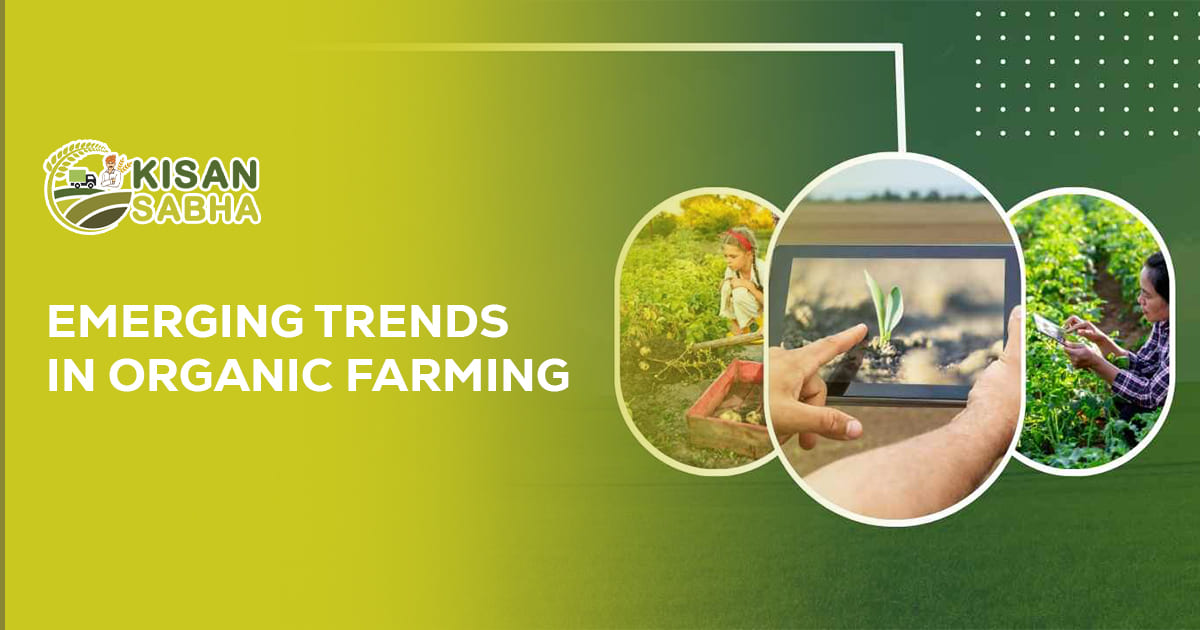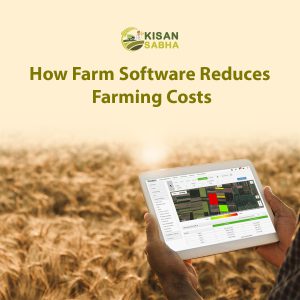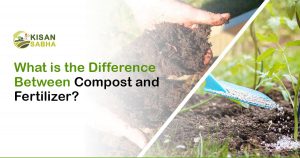Organic farming’s popularity has surged due to its health and environmental benefits. As demand for organic products grows, farming practices are evolving to meet industry needs. This article explores the latest trends in organic farming, which focus on sustainable food production, improved soil quality, and reduced environmental impact. These innovative approaches aim to enhance productivity while maintaining the core principles of organic agriculture, addressing the challenges of feeding a growing population sustainably and meeting consumer expectations for healthy, environmentally-friendly food options.
Features of Emerging Trends in Organic Farming
Agroforestry:
Agroforestry is an increasingly popular farming method that combines trees and crops on the same land. This innovative approach is particularly favored in organic farming due to its numerous benefits, such as enhancing soil fertility, promoting biodiversity, and sequestering carbon. Additionally, agroforestry systems contribute to water conservation efforts and combat soil erosion. The versatility of agroforestry is evident in its various forms, such as alley cropping, where trees are planted between crop rows, and silvopasture, where livestock graze on land partially covered by trees. By adopting agroforestry, farmers can embrace a sustainable farming practice that tackles many of the challenges confronting modern agriculture.
Precision Agriculture:
Precision agriculture is a farming technique that involves the use of technology to optimize crop production. This practice is gaining popularity in organic farming because it allows farmers to maximize yields while minimizing inputs, such as water and fertilizers. Precision agriculture involves the use of sensors, drones, and other technologies to monitor crop growth and health. Precision agriculture can also help to reduce the environmental impact of farming by reducing the use of synthetic inputs. It allows farmers to apply fertilizers and pesticides only where they need them, reducing waste and minimizing the risk of environmental contamination.
Vertical Farming:
Vertical farming is a type of farming that involves the use of stacked layers of crops in a controlled environment. This practice is gaining popularity in organic farming because it allows for year-round crop production, reduces the need for water and pesticides, and maximizes land use efficiency. Vertical farming can also help to reduce transportation costs and minimize the carbon footprint of food production. Vertical farming is particularly well-suited for urban environments, where there is limited land available for conventional farming. It allows for the production of fresh, locally grown produce in areas where access to fresh food is limited.
Also Read:- 7 Easy Ways To Enhance Soil Fertility
Biological Pest Control :
Biological pest control is a type of pest management that involves the use of natural predators and parasites to control pests. This practice is gaining popularity in organic farming because it is a sustainable and environmentally friendly alternative to synthetic pesticides. Biological pest control involves the release of natural enemies, such as ladybugs, lacewings, and parasitic wasps, to control pests. Biological pest control can help reduce the environmental impact of farming by reducing the use of synthetic pesticides.
No-Till Farming:
No-till farming is a type of farming that involves the planting of crops without disturbing the soil. This practice is gaining popularity in organic farming because it helps to reduce soil erosion, conserve water, and improve soil health. No-till farming involves the use of specialized equipment to plant seeds directly into the soil without tilling it. No-till farming can also help to sequester carbon in the soil, reducing greenhouse gas emissions and mitigating climate change. It is a sustainable farming practice that can help to address many of the challenges facing modern agriculture.
Climate-Smart Agriculture:
Climate-smart agriculture is an innovative approach to farming that addresses the challenges posed by climate change. This method integrates traditional knowledge with modern techniques to enhance resilience, reduce greenhouse gas emissions, and improve agricultural productivity.
Key practices include agroforestry, which combines trees and crops to create diverse, resilient ecosystems; precision agriculture, which utilizes technology to optimize resource use; and no-till farming, which minimizes soil disturbance and preserves carbon stocks.
By adopting these strategies, farmers can better adapt to extreme weather events, and maintain soil health. Climate-smart agriculture not only helps mitigate climate change impacts but also enhances food security and farmer livelihoods.
This approach is particularly relevant to organic farming, as it aligns with principles of environmental stewardship and sustainable resource management. As climate change continues to affect global agriculture, climate-smart practices offer a path toward more resilient and sustainable food systems.
Conclusion
organic farming is evolving to meet the changing needs of the industry. Agroforestry, precision agriculture, vertical farming, biological pest control, no-till farming, and climate-smart agriculture are all emerging trends in organic farming. These practices offer many benefits, including improved soil health, reduced environmental impact, and increased crop yields. As the demand for organic food continues to grow, these practices will play an increasingly important role in sustainable food production.





